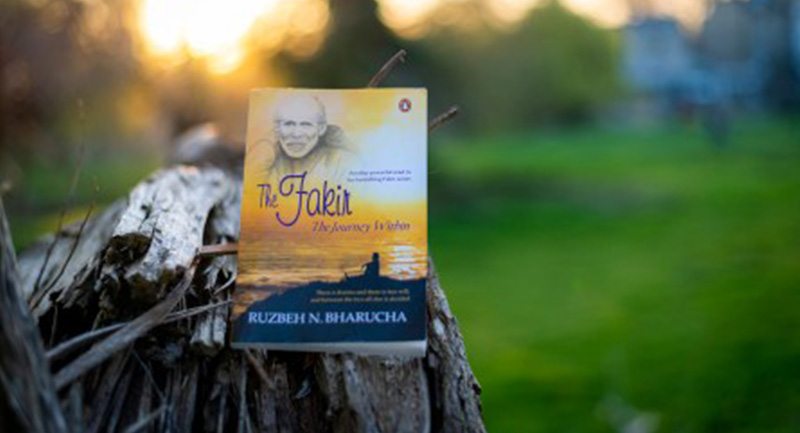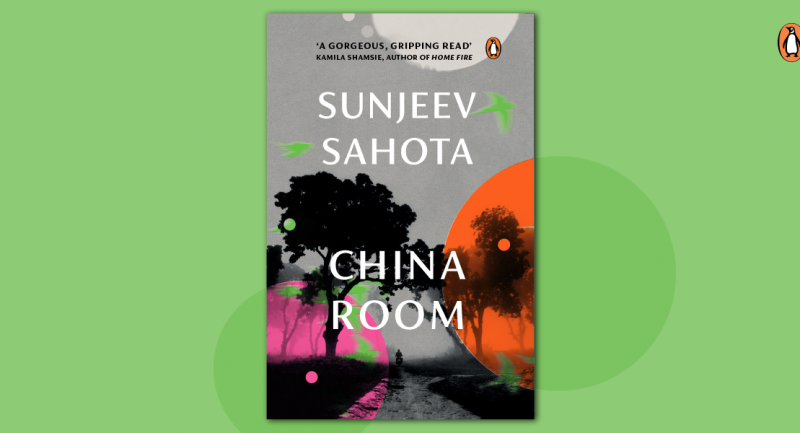
In Shashi Tharoor’s words: ‘Alistair Shearer’s The Story of Yoga offers an absorbing chronicle of the rise of yoga, tracing its evolution through history to its rapid global proliferation today, with insights into the challenges ahead.’
Alistair Shearer himself calls it a “how come” book rather than a “how to” one. For the first time, The Story of Yoga presents a narrative setting out a comprehensive and accessible history of yoga in its global cultural context.
Find a glimpse of the expansive global outreach and popularity of yoga in an excerpt below:
WAY BACK WHEN…?
It’s a typical Friday evening in downtown America. A group of youthful practitioners, mostly women kitted out in fashionable sportswear and carrying plastic water bottles, arrives at a large, well-lit gym. Tanned and toned, they have come to relax after a hard day at the office, tighten up their abs and flabs, reduce their blood pressure and cholesterol. During the session there is a lot of talk of anatomical details amidst a pervasive atmosphere of ‘no pain no gain’; the stretching and relaxing may involve blocks, ropes and other appliances, but there is a determined energy exerted in most of the postures. Everything takes place in front of the wall-to-wall mirrors and the ethos is one of goal-directed accomplishment. Everyone is getting somewhere, burning off fat and sweating out stress, improving themselves. At the end of the session, recharged and clear-headed, people chat while quickly changing back into street gear. Some are advocating the benefits of the latest detox programmes and high-energy diets, while almost all are checking their phones and consulting their upcoming schedules.
Not far away on the other side of town, another group is meeting. Its members are older than the gym-goers but, again, almost exclusively female. Here the lighting is dimmer, sitar music is playing softly in the background and the scent of sandalwood wafts from an incense stick smouldering in front of an image of the Dancing Shiva. The session, led by a Western teacher with an Indian name who is just back from a three-month stay at an ashram in Rishikesh, begins with mispronounced chanting from a sacred Hindu text, followed by some mantras that the group repeats after her. Sanskrit terminology is used to describe the postures, which are performed slowly and gently. The session is brought to a gentle close with a guided meditation, and then, after some relaxed socializing and prolonged hugging, people drift away into their various weekends.
***
The understanding of yoga typified by the first group above will be dealt with later in this book, but for the moment, let us focus on the second. As do millions of others, its members would see their practice as being in some way connected to the nourishing well-spring of Indian wisdom. However vaguely the connection may be articulated, practitioners and teachers take for granted that this yoga is the subcontinent’s practical and perennial spiritual gift to the rest of the world. One of the most popular English translations of Patanjali’s classic Yoga Sutra is How to Know God, a poetic collaboration between the California-based Indian guru Swami Prabhavananda and the English writer Christopher Isherwood. First published in 1953, this version is still the Vedanta Press’ best-selling book, and has remained so respected over the years that until very recently the official governing body of yoga in the UK, The British Wheel of Yoga, chose it as the recommended text for its teacher training courses. In the opening paragraph of their introduction, the authors tell us: ‘the yoga doctrine may be said to have been handed down from prehistoric times’. Such an impressive pedigree might perhaps be proved one day, but in fact there is currently no hard evidence to support such a claim, and certainly not as regards body-yoga. Much water has flowed under the scholastic bridge in the almost seventy years since this translation was first published, and such broad statements rarely go unchallenged today. Indeed, as we shall see, a great deal of what is practised as yoga in the twenty-first century actually has very little in common with what we now know of ancient India, in terms of both its socio-cultural norms and its spiritual aims.
**
Shearer’s book boasts of a colourful cast of characters, past and present, who tell an engaging tale of scholars, scandal, science and spirit, wisdom and waywardness. This is a definitively untold story of yoga – warts and all.









